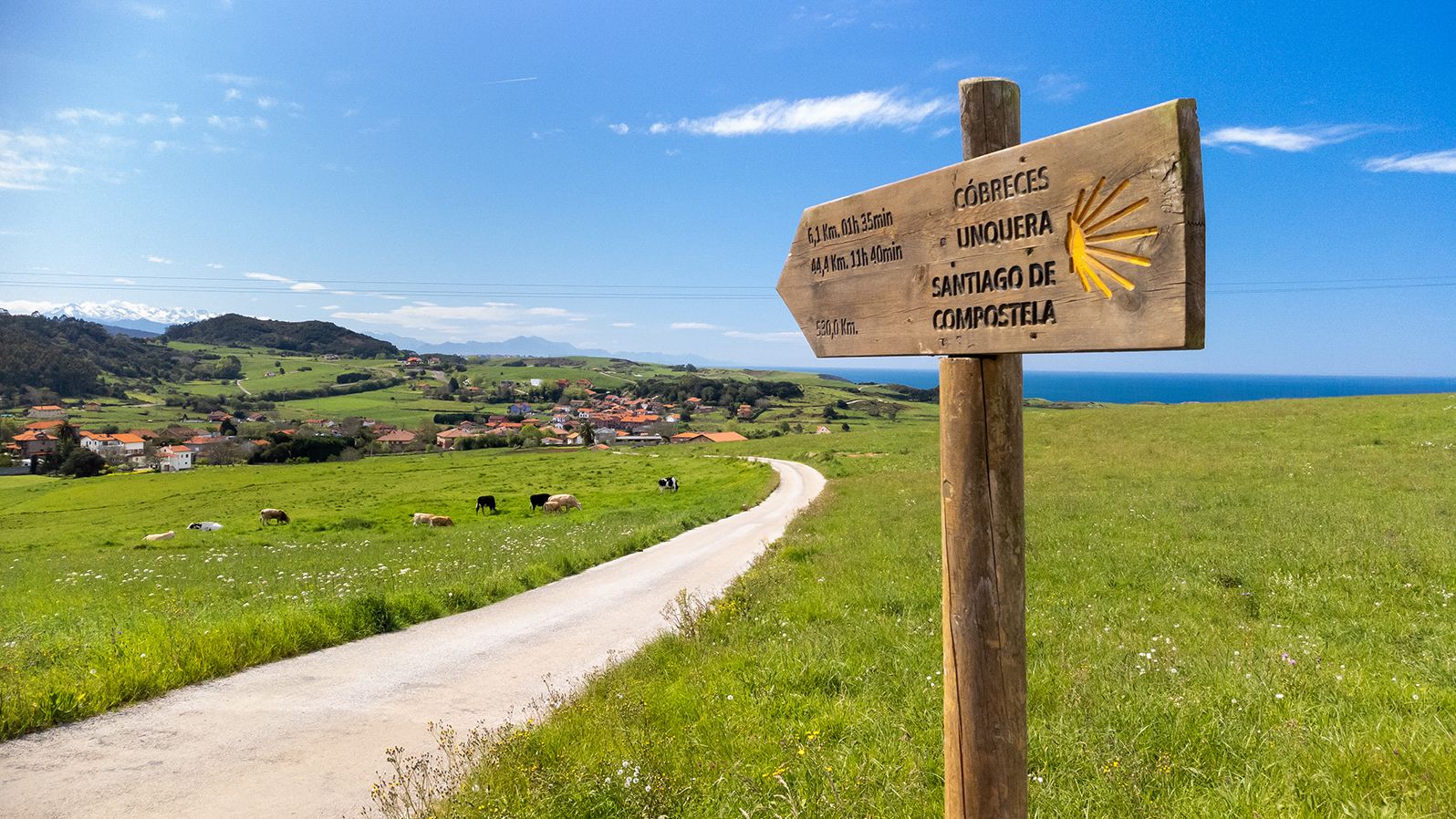Editor’s Note: Monthly Ticket is a CNN Travel series that spotlights some of the most fascinating topics in the travel world. In August, we’re making the most of the last month of summer by highlighting some of the top ways to enjoy the season.
The Camino de Santiago is arguably the world’s most famous pilgrimage. At least in terms of ones that must be taken on foot, across hundreds of miles, while carrying your simplified, reduced world in a rucksack on your back.
When most people talk about “the Camino,” they are referring to the 500-mile route from the French village of Saint-Jean-Pied-de-Port at the base of the Pyrenees.
It then crosses the border and threads westward through the great Spanish cities of Pamplona, Burgos and Leon toward the fabled destination of Santiago de Compostela, the proclaimed resting place of the apostle Saint James.
But more accurately, the Camino de Santiago is the collective name for the network of different Camino pilgrimage routes that flow like a river’s tributaries across Europe. These reflect the origins of ancient pilgrims and the different paths they took toward Santiago de Compostela.
I did my first Camino – the Camino Francés route from Saint-Jean-Pied-de-Port – in 2017. It was revelatory, and multiple Caminos followed. During the Covid-19 pandemic, I set out on an 11-month, 2,000-mile-plus extended hike through interlinked Camino routes to escape lockdowns.
You learn a lot when living on the road and out of your rucksack for such a long time, inhabiting a realm between traveler, tourist and rootless vagabond. Here are some of those lessons.
About hiking
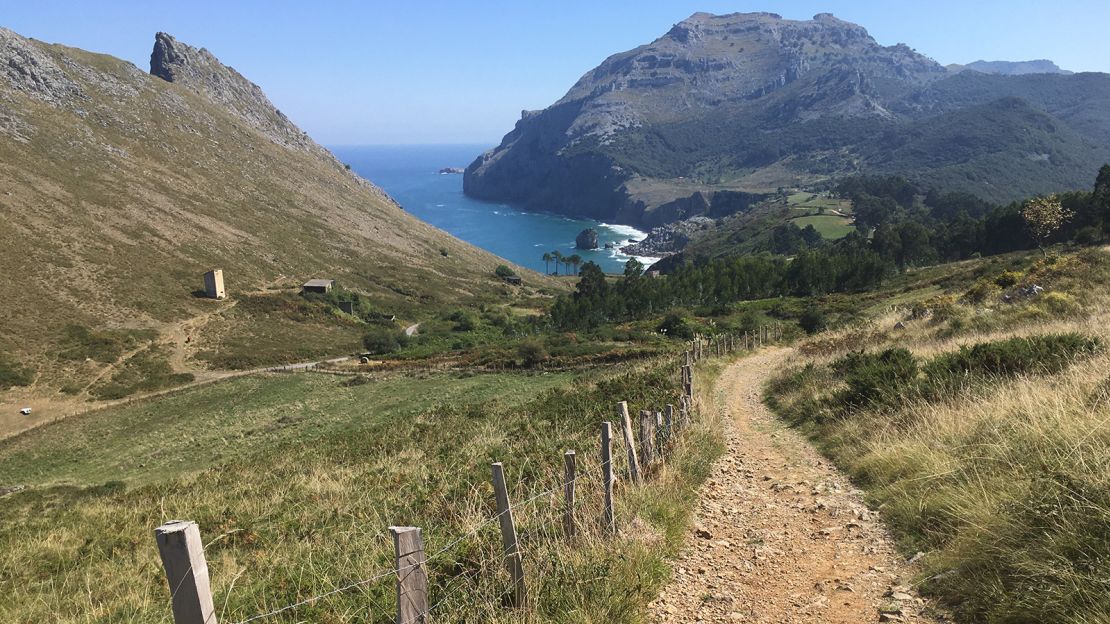
Walking is massively egalitarian. Regardless of your age, sex, ethnicity or economic prowess, if you’re of average health, you’ll be able to walk far farther than you credit yourself capable of – even when carrying weight.
As Ernest Hemingway said of hiking in “A Moveable Feast”: “Your heart felt good and you were proud of the weight of your rucksack.”
On the Camino, most hikers tend to cover about 12-15 miles (20-25 kilometers) each day. A general rule of thumb is that the ideal weight of your rucksack, including food and water, should be around 10% of your body weight. For most people that comes to around 5-10 kgs on their backs.
Covering 12-15 miles a day seems a range that is programmed into our bodies – perhaps harking back to 600,000 years ago when our ancestors began their trek out of Africa to spread around the world.
As soon as you go above that 15-mile threshold, though, your body starts to complain noticeably. You can keep going – but the muscles start to strain at a rate akin to compound interest.
Stick to that optimal range bracket, though, and it is remarkable how long you can keep doing 12-15 miles each day successively, as people of all ages and backgrounds manage on the Camino.
About walking sticks
That first Camino, there was absolutely no way I was using walking sticks. They make you look ridiculous, plodding along like a crazed praying mantis, I had decided.
“If you only do one thing, get some walking sticks,” was the advice of a woman I spoke to on the platform for the train to Saint-Jean-Pied-de-Port.
She had just finished the Camino del Norte – a more taxing route along the gorgeous but rugged northern Spanish coastline – and clearly knew her stuff.
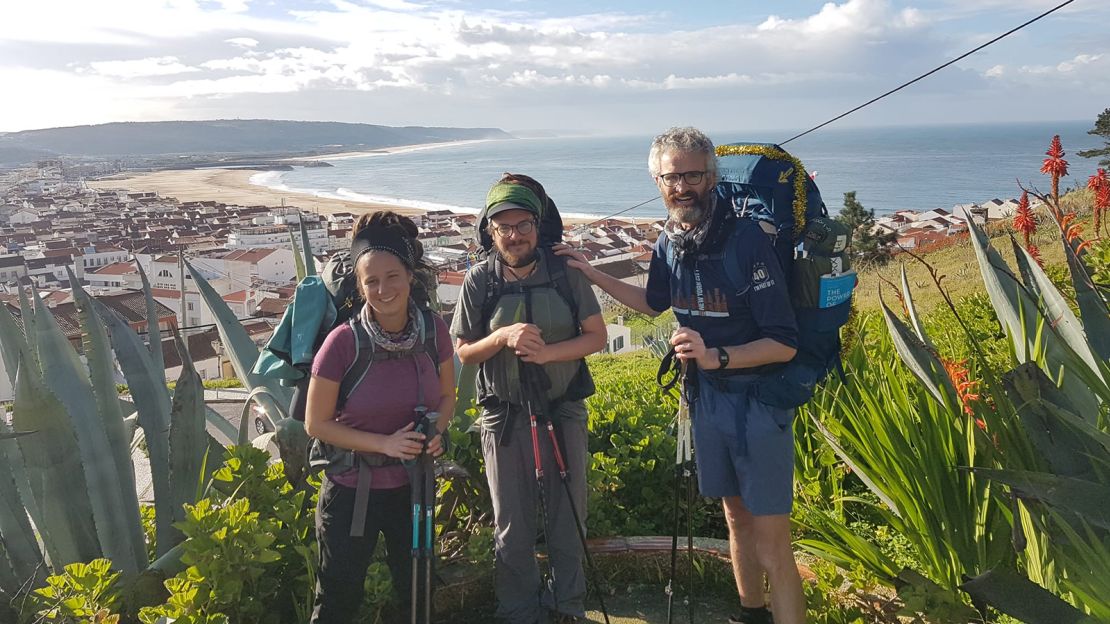
I arrived at Saint-Jean-Pied-de-Port just before closing time at a hiking store. I still use the same pair of sticks that, across thousands of miles, have taken as much as 25% of the pressure off my poor knees, according to some studies.
Whatever the percentage, walking sticks help you balance on irregular ground – especially on tricky loose-stoned downhill slopes. They more evenly distribute the forces between arms and legs and enable your entire body to be more involved and in tune with the act of hiking.
Furthermore, on tough ascents up hills and mountains – of which there are plenty on the Camino Norte – the constant push-pull action of your sticks helps propel you upwards.
About ailments
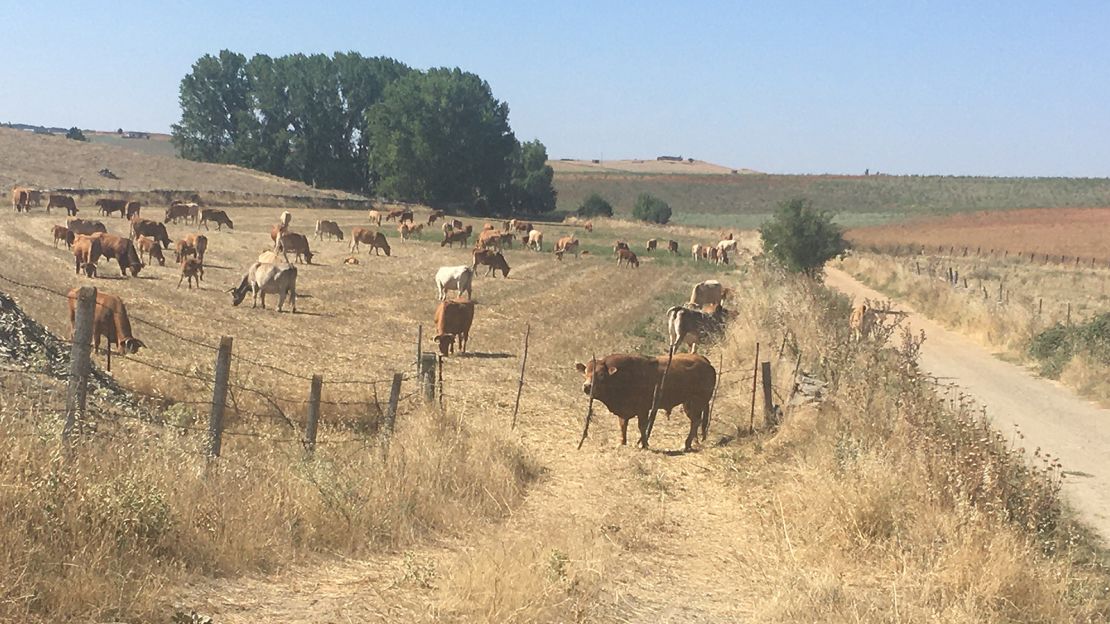
Despite the innate human capacity to wander – particularly when bolstered by walking sticks – things will still go wrong. Here are a few of the most common ailments pilgrims will face.
Sprained ankles: Follow the RICE acronym to reduce swelling and support healing.
Rest: Stop all activity and try not to put any weight on the ankle.
Ice: Apply an ice pack – or a bag of frozen peas wrapped in a thin towel – for up to 20 minutes every two to three hours for about two days.
Compression: Wrap a bandage around the injury or wear a compression sock to support it.
Elevate: Keep it raised as much as possible.
Blisters: First, wear decent, thick-ish socks. Check your feet and look for pressure points – areas getting red. As soon as you spot that – or once a blister has arrived – the most effective remedy I’ve found is inexpensive zinc oxide tape, which is found in pharmacies. Tear off small strips and apply them to the skin, with each strip covering half of another layer like the shell of an armadillo.
Chafing: Wear clothing that is lightweight and breathable, typically polyester-based rather than cotton, which is heavier and absorbs moisture. If chafing sets in, zinc oxide tape can help on your torso. If “down below”, regularly change into clean underwear – hand-washed if necessary – and apply a liberal amount of talcum powder!
About Spain
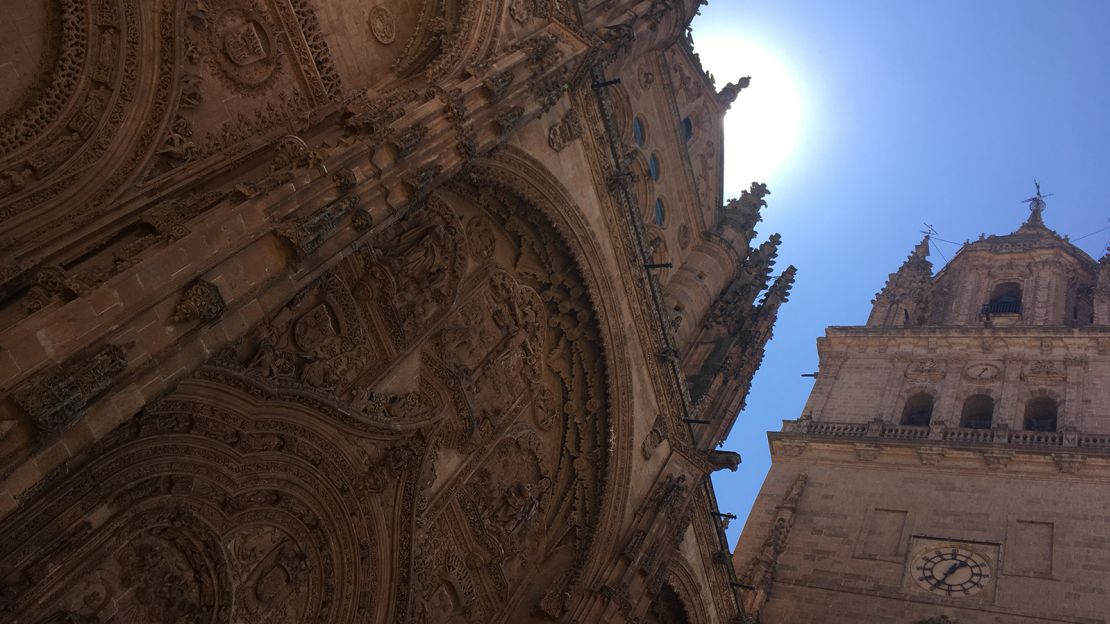
Before the Camino, I had no idea of the scale of history and legend that permeates this vast land. Its vivid essence seems to seep from the very stone walls of its stunning architecture, cities and churches.
“As the skyscrapers are to New York so are the cathedrals to Spain: (…) masterpieces every one, and supplemented in every region of Spain by lesser structures that would be, in any other country, national brags themselves,” Jan Morris wrote in her seminal book Spain.
Nor did I realize the breadth of topography that ranges from golden wheat fields and vineyards spread over rolling hills to the meditative austerity of the arid Meseta plains to the forests and rocky hillsides that meet glittering beaches on the northern coastline.
Also, Spain is not just the Iberian Peninsula. There is another mesmerizing Spanish-themed world off the coast of Africa in the Canary Islands. On Gran Canaria there is even an official three- to four-day Camino route running south to north across the island.
About wine
Wine plays a significant bonding role in Spain and on the Camino. In fact, the Camino Francés passes through the Rioja-growing regions of northern Spain.
Rioja is a splendid wine, but it can steal the limelight from other Spanish regions, which are producing excellent wines that are well worth trying (I particularly recommend Ribera del Duero).
Likewise, the wines of Portugal – the Camino Portugués traverses the length of the country from Lisbon northward and then across the border into Spain – are similarly varied, affordable and underappreciated.
In both Spain and Portugal – as in much of Europe – drinking wine is not about appearing sophisticated or knowledgeable. It is as natural as eating and a conduit to embracing those around you.
About pilgrimage
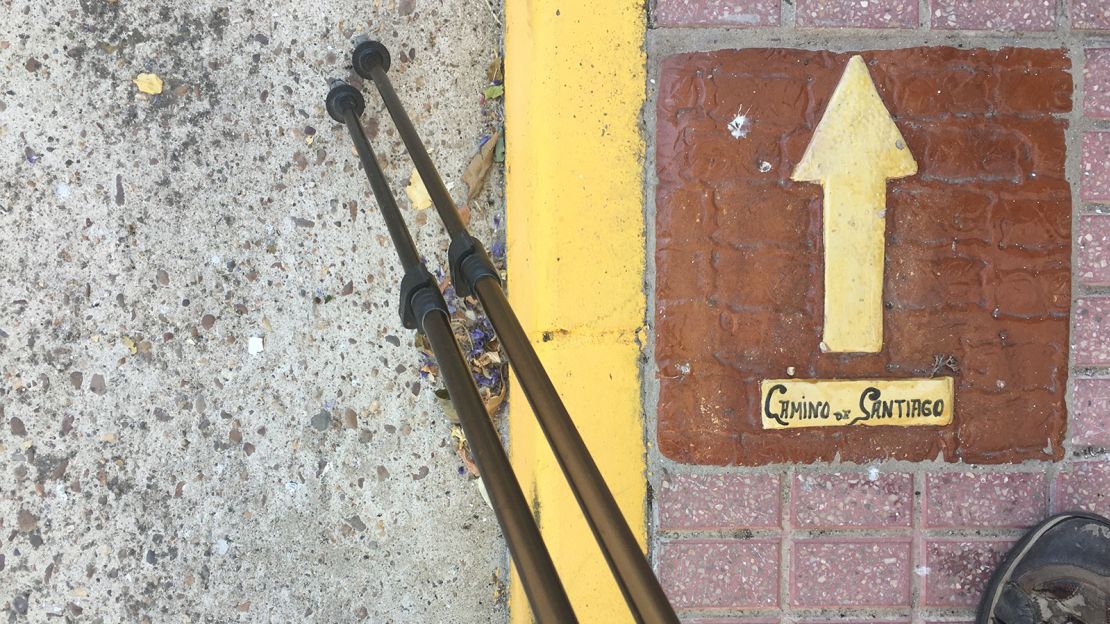
Humans have always been pilgrims on a long arc of travel, journeying through life, the world and history.
Often this trend has been driven by the more practical aspects of finding adequate food and shelter. But it is also typically underpinned by a search for meaning and a more fulfilling mode of existence.
On that first Camino, I continually heard pilgrims – atheist or religious, almost everyone willingly refers to themselves as a pilgrim – lamenting the same problems and trappings of modern society.
“To catch a glimpse of the transcendent, otherwise impossible in the hustle-bustle and hassle of modern life, requires making one almighty and counter-intuitive effort – like going on a pilgrimage in a secular age,” Peter Stanford writes of the Camino in his book “Pilgrimage: In Search of Meaning.”
A search for a spiritual element may well be a factor in setting out. But so are more ordinary desires for inspiring meetings with strangers and uplifting encounters with nature and beauty.
About embracing the mystical
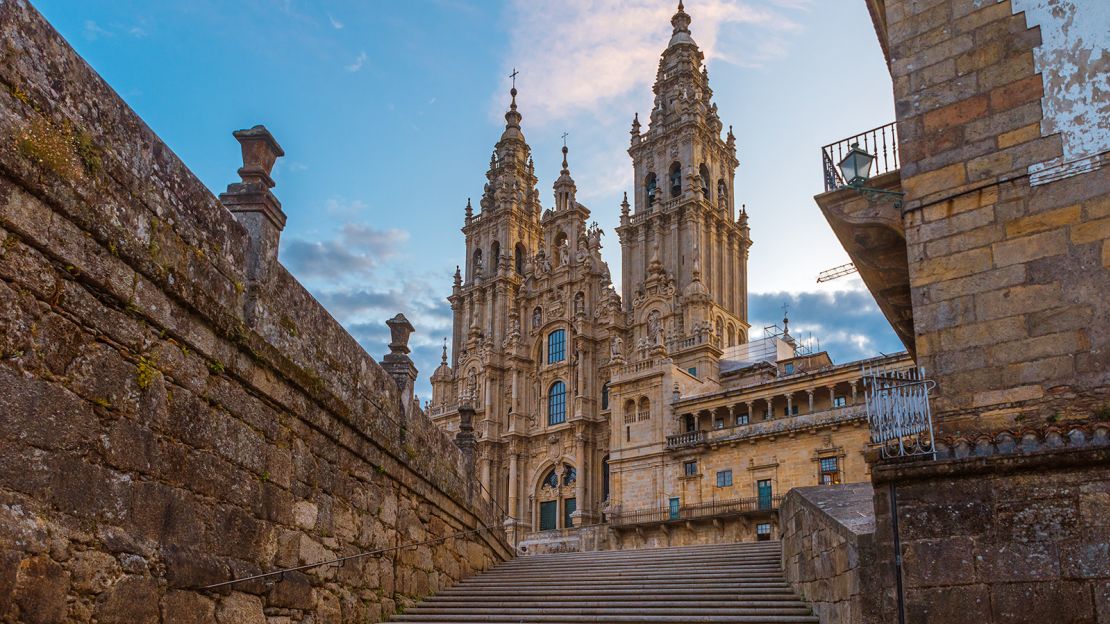
Get out of your head during the walk and stop thinking about all your travails. Just pay attention to the physical world around you. Really consider the trees and nature, its complex composition, and all the noises accompanying it.
Stop by a river or stream and dip your finger in the water and swirl it around, advises Paulo Coelho in “The Pilgrimage,” his first major book about his experiences on Camino. Focus entirely on that for at least five minutes.
Again, it’s all about slowing down, concentrating on and engaging physically with nature – and seeing what that does for your emotional and spiritual state.
Make a conscious effort to say hello to everyone you encounter and cross paths with, and to smile at them. You may get strange looks back from some. But the point is to personally manifest positive energy flow and see what that does for you and others.
About travel in general
There is nothing wrong with the organized touristic bus tour around a city or spending a week lounging at a beautiful beach. Each has its place and utility, depending on your circumstances.
But the potential problem with the marvels of modern transport and tourism is that many of us actually don’t go anywhere different. Too often, it’s the same type of hotels and resorts through which many people revolve.
To truly travel and soak up your surroundings, it is hard to beat the simple old-fashioned act of covering distance on foot.
“Three hundred miles on foot in three weeks will give you infinitely more sense of travel, show you infinitely more surprising and beautiful experiences, than 30,000 miles of mechanical transport,” wrote the English novelist Richard Aldington.
Also, don’t be afraid to break from the plan and schedule. Often, it’s that dive down an intriguing alleyway, or venturing into that small, simple-looking bar or café that leads to some of the most rewarding and illuminating moments.
Most importantly, as Coelho counseled, check your pride at the door when traveling. Be open, curious and vulnerable: ask for guidance and advice, try to speak the local language – join in.
About human connections
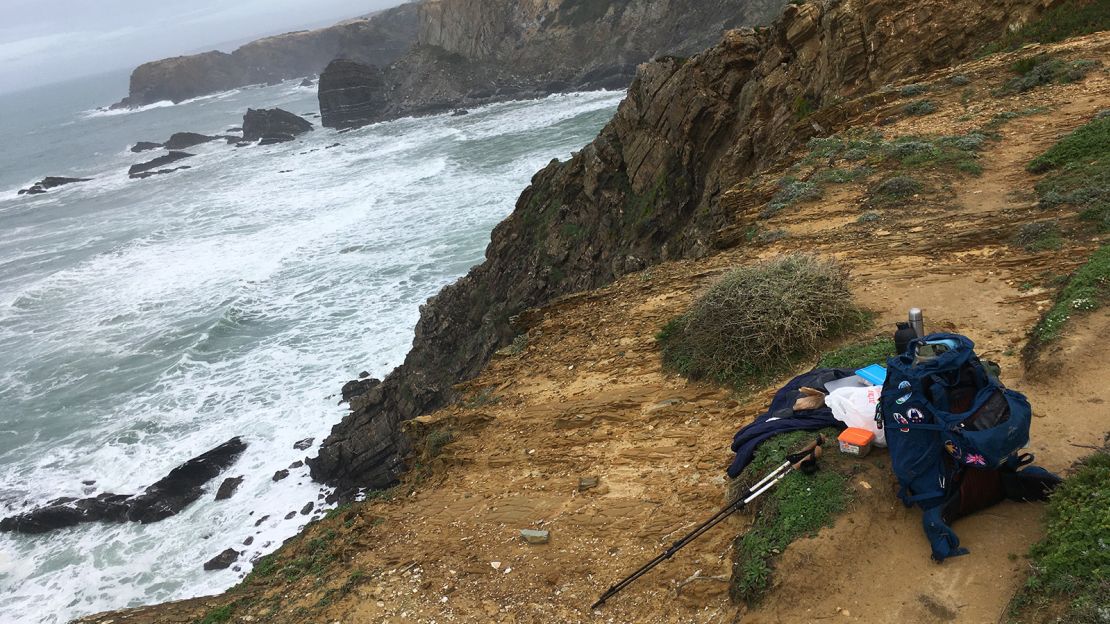
It can be hard not to become distrustful and cynical about other people, especially given the rolling 24-hour news cycle.
Based on my endless encounters during Camino travels, though, the evidence strongly supports that the vast majority of people – both locals and fellow travelers – never intend to deceive or hurt you. Far from it.
The “kindness of strangers” remains an enduring reality. People intuitively understand that each of us is trying our best to navigate life and this complex world. They also understand that this requires cooperation, guidance and, in extremis, charity and generosity – and people will gladly offer it.
Ultimately, despite our increased use of and dependance on smart phones, technology and the internet, deep down people realize the truth of – and want to experience – the famous advice offered by the English novelist E.M. Forster on personal relationships: “Only connect”.
About self-awareness
I have learned the hard way that, like many others, too often I try to go it alone and remain entirely self-sufficient – but the journey always improves and works out thanks to engagement with and the company of others.
I have also learned that when you try to do and carry too much – both physically and mentally – eventually you will break. Then you simply have to listen to your body and just stop and rest – as maddening as it might be – while eating humble pie as you meet your limitations.
You also must sort through your rucksack and get rid of the superfluous stuff – what my best friend calls the non-essential “just in case” items we always insist on packing.
Most importantly, you must sift through and reduce your “emotional rucksack”: all that unnecessary anger, bitterness, shame and blaming of yourself and others that you carry from life. Apply the spiritual version of zinc oxide tape: forgiveness – both to yourself and others.
After that, it’s a much better hike.
